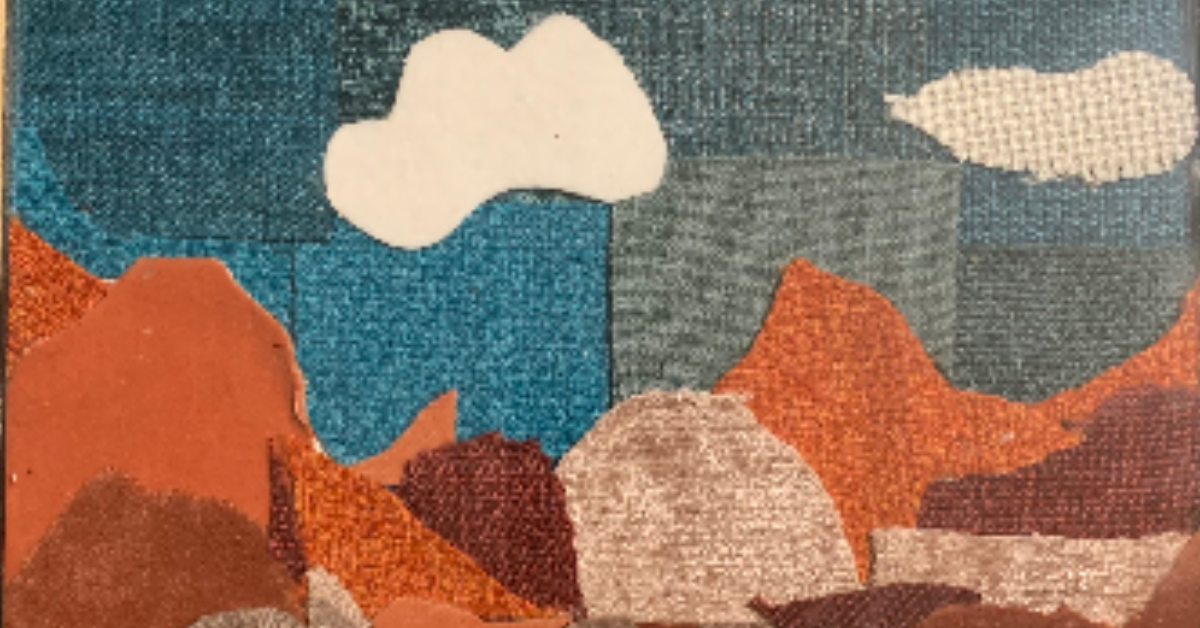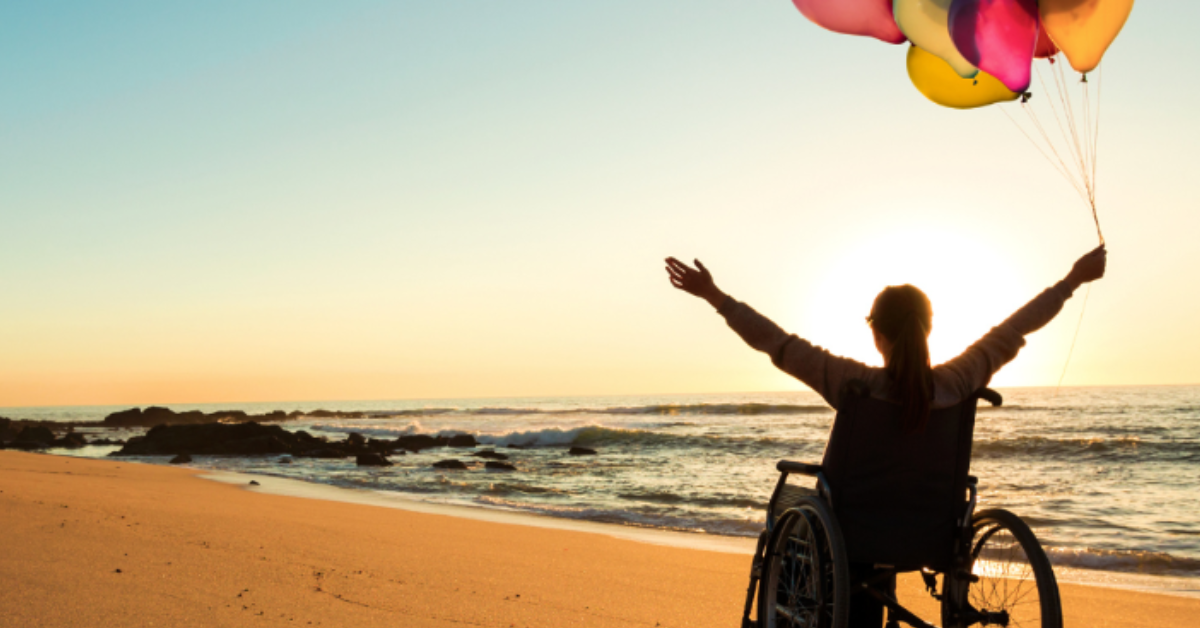By Kathryn Kerby
Source: https://kenniskaarten.hetgroenebrein.nl
Many of us business owners are taking steps to become better at environmental, social, and ethical behaviors. We practice transparency with our employees, our customers, our community, and our investors. We have taken steps to streamline our operations to use fewer resources, we are choosing sustainable ingredients for our products, and we participate in community improvement projects. That feels good, and we’ve probably already seen some of the advantages of making those shifts. But is this really the best we can do, or is there a whole new level of business management for environmental, social, and ethical responsibility? The short answer is yes. Let’s take a look at what we have now versus what we could be doing.
The Current Economy: A One-Way Road In The Wrong Direction
Almost all of us have grown up in, and been schooled by, the principles of a linear economy. It is currently the global model for how business is done, and how products and services are provided. But what, exactly, is a linear economy? It is the process of raw materials extraction, refinement into saleable products, use of those products, then disposal without consideration for how the raw materials or components of that product could be used again. That model is very simple, and relatively little planning is required on the path from converting raw materials into products we could sell and use. However, we are now seeing three increasingly problematic results of that linear economy:
- Growing mountains of waste and nowhere to put it
- Shrinking reserves of raw materials with nowhere to get more
- Environmental, social and economic problems trying to resolve the above issues
The good news is, there is a MUCH better solution, namely, the circular economy.
A Better Model: The Circular Economy
What exactly is a circular economy? In short, it takes the linear model and folds it back on itself, such that the waste from one product becomes the input material for the next product. We are increasingly surrounded by examples of this, with the growing use of recycled content to make new products. However, the circular economy goes well beyond that. In the current linear economy, we expend a lot of time, money, and energy extracting raw materials from various sources, whether that’s through mining, agriculture, ocean harvesting, or energy-intensive manufacturing of synthetics. In the circular economy, each product is not only designed to use resources from recycled materials but is also designed to be easily disassembled such that it can be recycled again. Some examples include:
- Light fixtures which can be easily disassembled to recover metals, gasses, and minerals
- Electronics equipment that can be disassembled to recover reusable components, precious metals, and plastics
- Plastics that can be formed from prior plastics, and recycled into future plastics
- Iron, lead, aluminum, copper, and other metals that are continuously recycled and included in next-generation products and alloys, rather than mined from the earth as virgin materials.
- The end of single-use products, and the widespread adoption of multi-use products
Need more comparison? This website from the Netherlands government provides a wonderful, detailed review of all the differences between a linear and circular economy.
Another way to sum up the differences between linear and circular economy is:
- a linear economy model could be described as “take, make, and waste”
- a circular economy instead operates on a basis of “reduce, reuse, recycle” across the entire product spectrum
The term circular economy may sound like a national or global-scale effort, and it is. However, each business participant in the circular economy started out by deciding to change the way it sources, manufactures, sells, and recycles its products. The good news is, we are now seeing that any given business can not only make the switch, but also benefit from it. The radical notion that we can change the world just might work.
Benefits of the Circular Economy
What are the benefits of becoming a member of the circular economy? The Collaborating Centre on Sustainable Consumption and Production lists these 10 benefits for any given business which makes the shift:
- Save your business, customers, and suppliers money
- Capture more value from your materials and resources
- Develop new markets and gain new customers
- Build loyalty with your customer base
- Satisfy changing customer needs and expectations
- Increase the security and price stability of your supply chain
- Attract, retain, and engage your employees
- Build your brand and reputation as an innovative organization
- Exceed government regulations and stay ahead of new requirements
- Provide more return and lower risk to your investors
While every benefit may not apply to every business, each business stands to benefit in some way by making the shift.
Getting Started With the Circular Economy
The above list might sound very noble, but also a tad out of reach. How would a small or mid-sized company even get started? A number of articles discuss how and where to make changes in any given business’ product line:
- The Ellen MacArthur Foundation is a leading proponent of the circular economy, with a treasure-trove of information available on their website. Their overview page features a large treasure trove of information about the many advantages of the circular economy.
- The folks at DS Smith, who are packaging experts, have a nice article on 6 ways to make the shift, and they provide information on how they can help for those stages which involve packaging, waste reduction, and recycling.
- The Sustainability Institute by IRM offers guidance on how businesses can get started with building the circular economy specifically in terms of plastics: their use, design, and reuse.
- This wonderful guide from the US Chamber of Commerce Foundation offers businesses a slightly different guide to getting started. It’s a higher-level look at the benefits, steps, and strategies for transitioning from a linear model to a circular model. Critically, they discuss how best to find and partner up with consultants who can help flatten the learning curve, and how to seek and secure buy-in from various stakeholders.
- The circulardesignguide.com website offers a slightly different take on the topic of getting started. They offer real-world scenarios and exercises which help a company work through all the steps on paper first, before applying those steps to their own product line.
Examples of the Circular Economy
Sometimes the very best way to get started is to see how others have gotten started and made the transition. Check out these resources:
- This World Economic Forum page focuses on specific companies which have taken steps to join the circular economy by updating and streamlining their entire product life cycle. This second World Economic Forum page focuses on even more companies and offer one to three-paragraph summaries of their move towards the circular economy. The World Economic Forum website has extensive additional resources on various aspects of the circular economy.
- One of The MacArthur Foundation’s resources provides examples of how companies have made the shift. Their Content Hub provides a searchable index of all their other articles and resources.
- The Environmental Protection Agency’s circular economy section also offers extensive resources on and examples of the circular economy, and how businesses can make improvements to join that economy.
Conclusion
Those companies who have made the transition are often the loudest proponents of it. Improved branding, stronger customer loyalty, and happier investors are only a few of the benefits. That being said, the benefits extend well beyond any single company, into the surrounding communities. We’ve heard a lot about various environmental and social issues having “tipping points” beyond which the rate of deterioration is faster and unstoppable. That leads some people to have already lost hope. The thing to keep in mind is that the reverse is also true: there is a point of crucial mass, such that enough companies have joined the circular economy that it will take on a life of its own and drive development from that point forward. Many of the above sources would argue that we are already there; enough companies are now making the change that any company which still adheres to linear principles will quickly be left behind. We encourage you to start exploring how your company can make this shift. You’ll be in good company.








